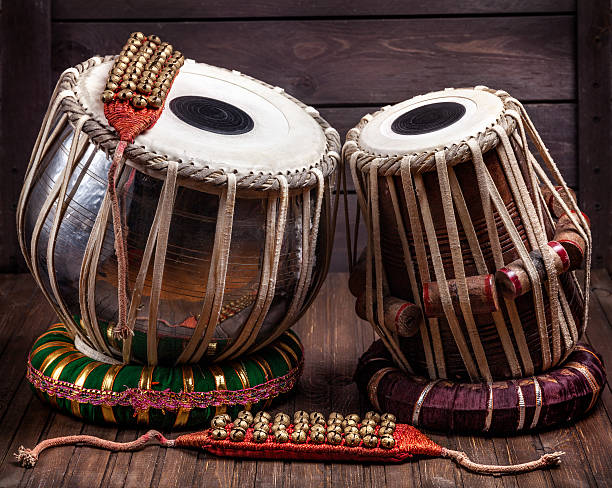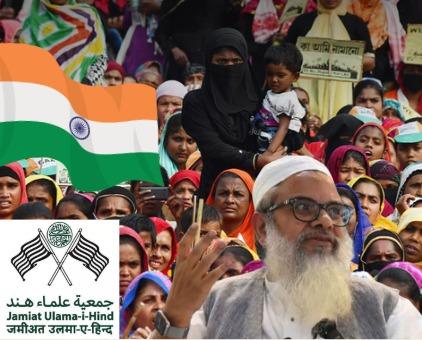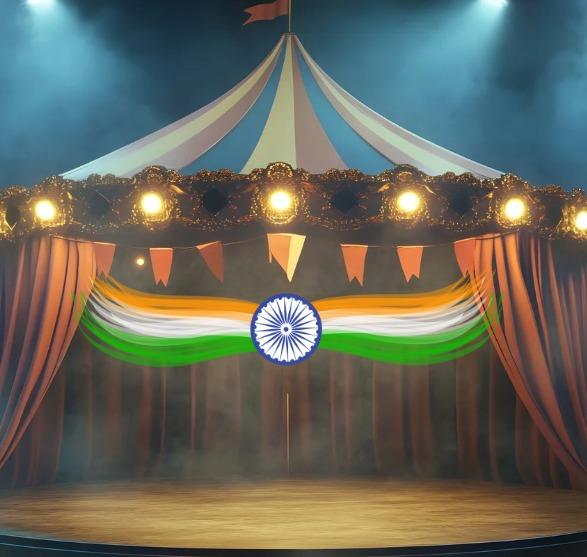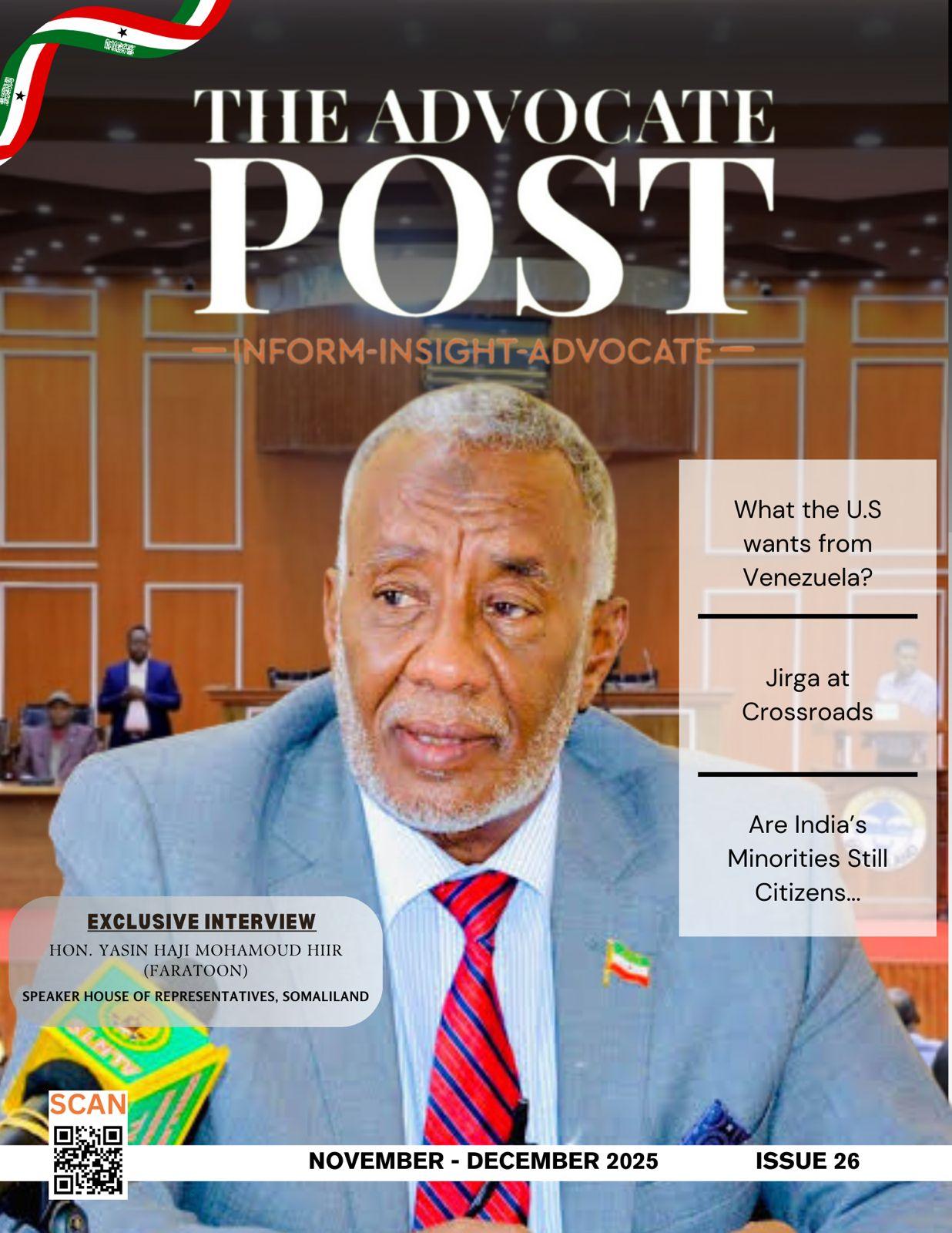By Justice Markandey Katju (Former Justice, Supreme Court of India)
I studied classical Hindustani music in Prayag Sangeet Samiti for 3 years ( 1963-66 ) when I was a student of Allahabad University. So I have some knowledge about it.
I wrote an article on it some time back, which is given below, to give an idea about it to those unacquainted with the subject and very recently I wrote an article on Raag Malhaar, the raag of the rainy season. I will now mention some matters not mentioned in those articles
(1) Raags
In Prayag Sangeet Academy, Allahabad, where I studied Hindustani classical music for 3 years, my teacher began by first teaching me raag Bhupaali. This is a very simple raag. Of the 8 notes sa re ga ma pa dha nee sa, 2 viz ma and nee are omitted in it. Also, there are no half notes ( komal svar ) in it. This was the first song which I was taught ( in 1963 ), which is in raag Bhupaali. Later I was introduced to other raags, some of which are mentioned in the first link. Many of these are more complex, often having half notes, and the time of the day ( or night ) when they are sung
(2) Khyaal
As I mentioned in the first link, the main form of Hindustani classical music is called khyaal ( which means mood ). Khyaal has much lesser words than other forms of Indian classical music like thumri or ghazal, the whole intention being to create a mood. A khyaal song usually begins very slowly, with what is called as an alaap. Gradually, the speed picks up, and the song ends with a very fast piece called a jhaala.
(3) Taan
Khyaal songs usually have what are called taans, which are not present in thumri and other forms of Hindustani classical music. An example of taans is that sung by a male singer at the end of Ayesha Omar’s rendering of raag Malhaar, which is at the very end of the link on Raag Malhaar given above. Taans are fast pieces which considerably enhance the beauty of the Khyaal song. There are many types of taans, but we need not go into that here.
(4) Kharaj
Classical music singers are often taught by their teachers to do what is called Kharaj bharna or Kharaj sadhana or Kharaj riyaaz. In Kharaj bharna, attempt is often made to go lower and lower, even below the scale ( sa re ga ma pa dha nee sa ), and hold one’s voice there for some time. This gives gravity and profundity to the songs sung later, and considerably increases their beauty
Hindustani classical music is not only vocal, it is also instrumental. Some great instrumentalists have been Ravi Shankar, Vilayat Khan and Nikhil Banerjee ( sitar ), Ali Akbar Khan and Amjad Ali Khan ( sarod ), Bismillah Khan ( shehnai ), Shiv Kumar Sharma ( santoor ), Har Prasad Chaurasia ( flute ), Zakir Husain ( tabla ), Ram Narayan ( sarangi ), etc.
Bismillah Khan’s great contribution was that he made shehnai, which was earlier regarded as an instrument of only bhangis and other low caste people, a respectable instrument. Shiv Kumar Sharma’s contribution was that he made santoor, an instrument which was only known in Kashmir, well known outside. Hindustani classical music began to be used extensively in Hindi films too. Consider this beautiful song in raag Darbari ( a late night raag ) in the film Baiju Bawra, song in raag Darbari in the film Mere Huzoor,
Among thumri and ghazal singers, in my opinion the greatest has been Begum Akhtar.
Before I conclude, I would like to add links of two songs sung beautifully, which are among my favourites. The first is by Nashenas, an Afghan Pathan settled in Australia. The second is by a Pakistani, Asad Amanat Ali Khan





